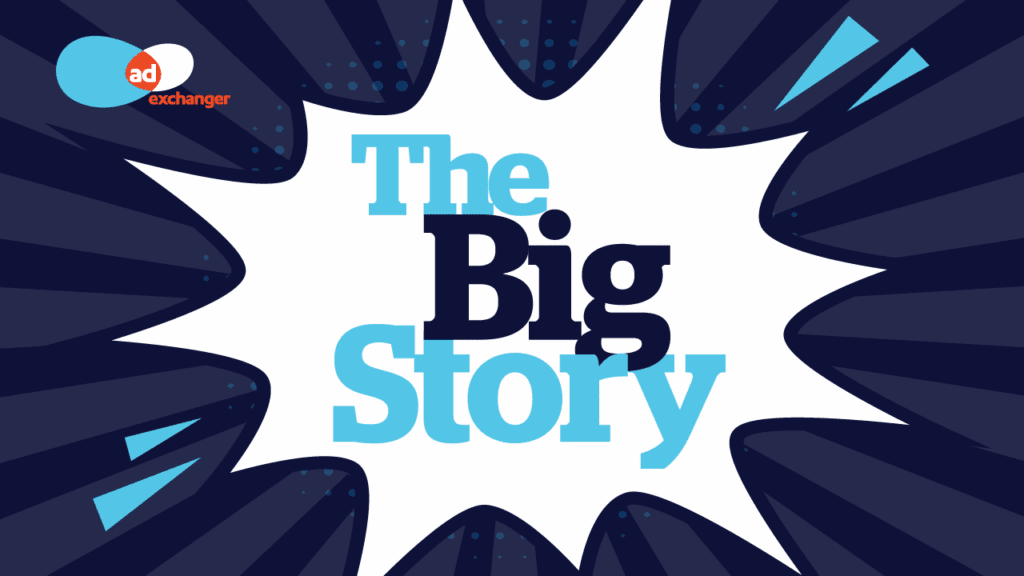Of the B2B marketing decision-makers surveyed for Forrester’s 2025 Budget Planning Survey released early this year, 83% expected their company’s marketing investments to increase over the next 12 months. Economic changes since then have likely dampened that rosy outlook. With that in mind, Forrester’s Budget Planning Guide 2026: B2B Marketing Executives focuses largely on resilience when budgeting the year ahead.
“Marketers tend to be an optimistic crowd, but they do need to be cautious,” says Craig Moore, VP, Principal Analyst, Forrester.
Perhaps the most important step B2B marketing decision-makers should take is “to look beyond the volatility and be assured you have some safety there,” Moore says. “Make sure you’re focused on segments that make a lot of sense. Do a safety check to make sure the segments you’re focused on are the right ones.” Expanding into government sales, for instance, probably was a more appealing option 12 months ago; marketers might want to lead corporate discussions about shifting budget earmarked for that initiative to a less-risky sector.
Investing in the Full Buyer Cycle
Another suggested priority is adopting what Forrester calls revenue process transformation, which goes beyond “declaring victory when a customer makes a purchase,” Moore says. It embraces the full buyer lifecycle, “moving away from the hands on/hands off approach of marketing generating leads, sales going off and running away with them.”
To succeed with this strategy, marketers need to acknowledge that B2B solo buyers have been replaced with buying groups and buying networks. In addition to the traditional decision-makers, champions and users, these groups include influencers from outside as well as inside the company.
They can include security and compliance experts, industry analysts and previous users of a product or service, and marketers might need additional funds to identify and develop relationships with them. Organizations that don’t yet have an influencer relations program might consider setting aside budget to build one by identifying potential influencers and working with them to create thought-leadership articles, podcasts and other content.
Working with influencers can help marketers tackle a trend Moore has come across: “Younger buyers are identifying vendors early on. Get in there early, too, so you’re part of their mind space, or find a way to get in the consideration set even though they have other vendors in mind.” Influencer-led content can increase awareness of a brand well before the buying process officially begins.
Like awareness, retention is an important aspect of the buyer lifecycle, and therefore needs to have enough budget allocated to it. Product-led growth (PLG) strategies can help here. Engineering add-on features and services into products provides a vendor with built-in upsell opportunities. B2B vendors can also gauge each client’s level of use to determine if they should be offering add-ons or ancillary products for more growth and revenue.
What About AI?
Of course AI is part of the B2B marketing budget conversation as well, but not necessarily as a way to reduce personnel spend. “It’s more if people could learn to do their jobs better by using this tool, they could do more and better work in areas where you could really use their expertise and knowledge,” Moore says. Automating routine tasks such as ad bidding and email segmentation frees up individuals to take on more strategic projects that could grow the top and bottom lines.
Forrester suggests that B2B marketers reallocate at least 15% of content and/or digital spend to improving discoverability in AI searches. Those efforts could include updating schema markups, restructuring articles and blog posts, and slicing and dicing long-form content into more concise, AI-friendly formats.
Marketers should also explore how AI-enabled analytics can improve measurement. Layering predictive analytics and social listening findings, among other data, onto traditional performance metrics can provide additional insights to improve effectiveness and justify expenditures.








